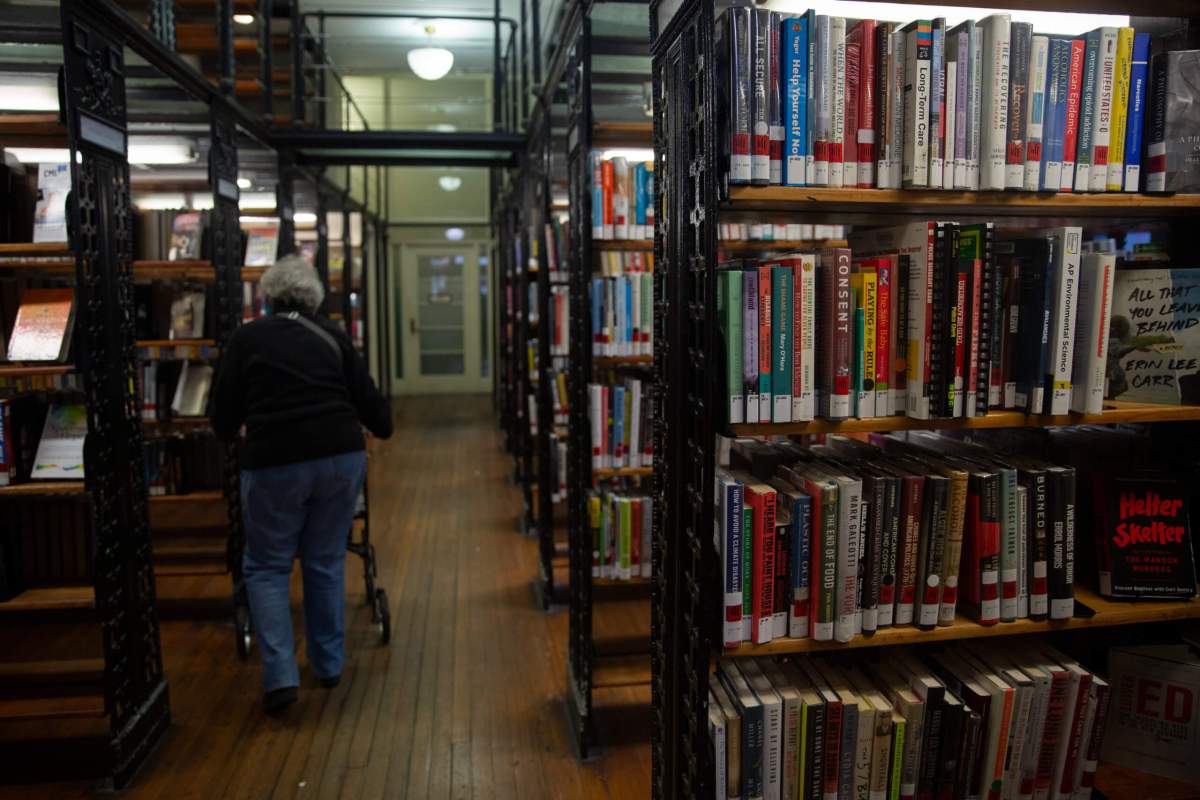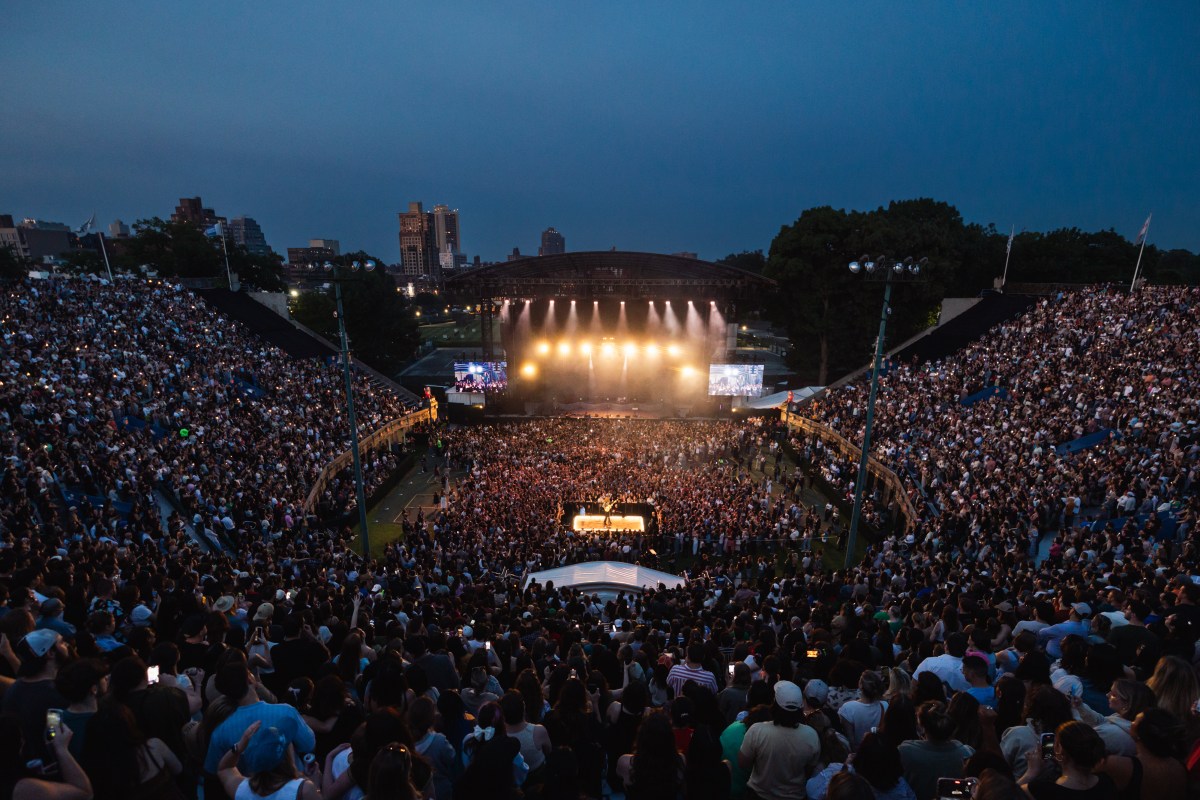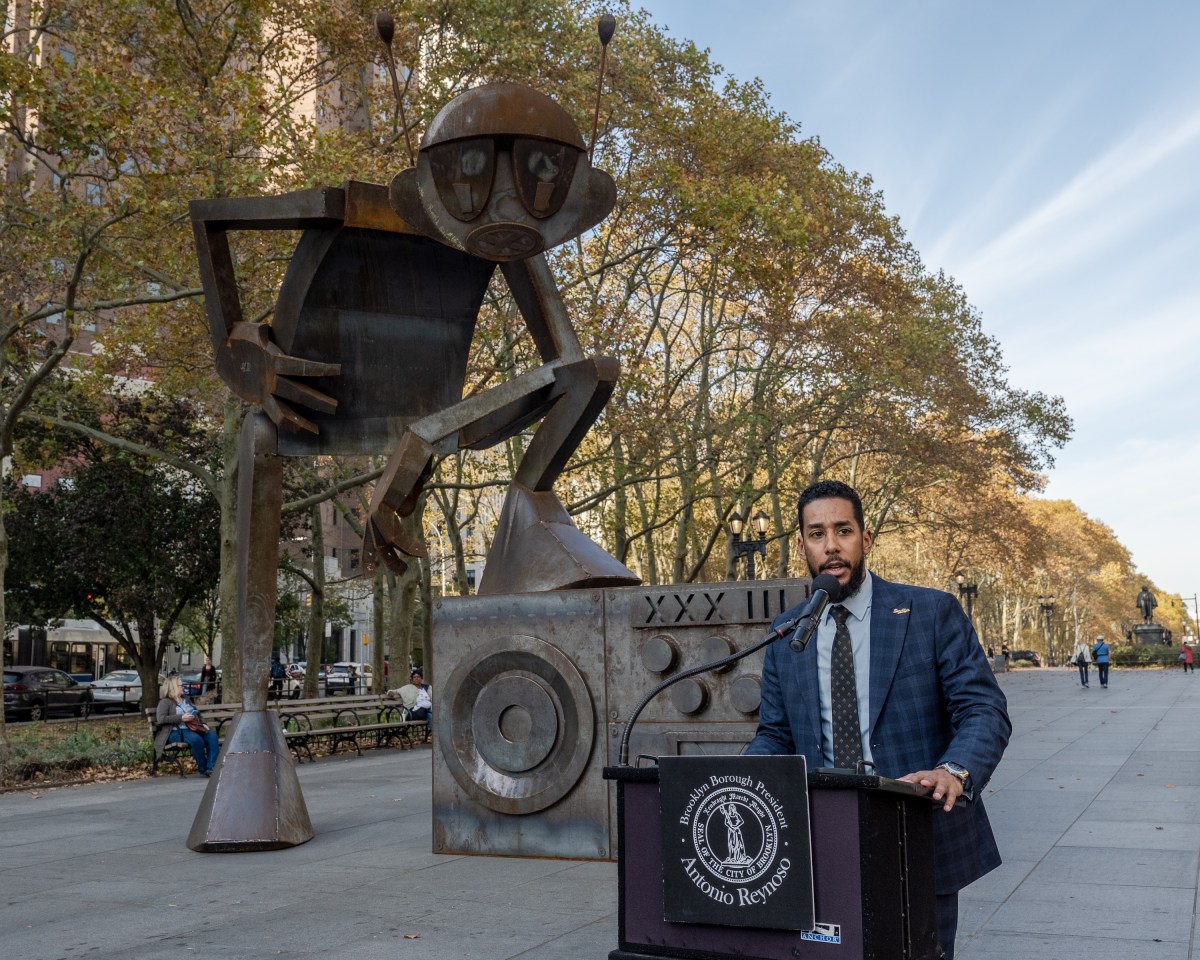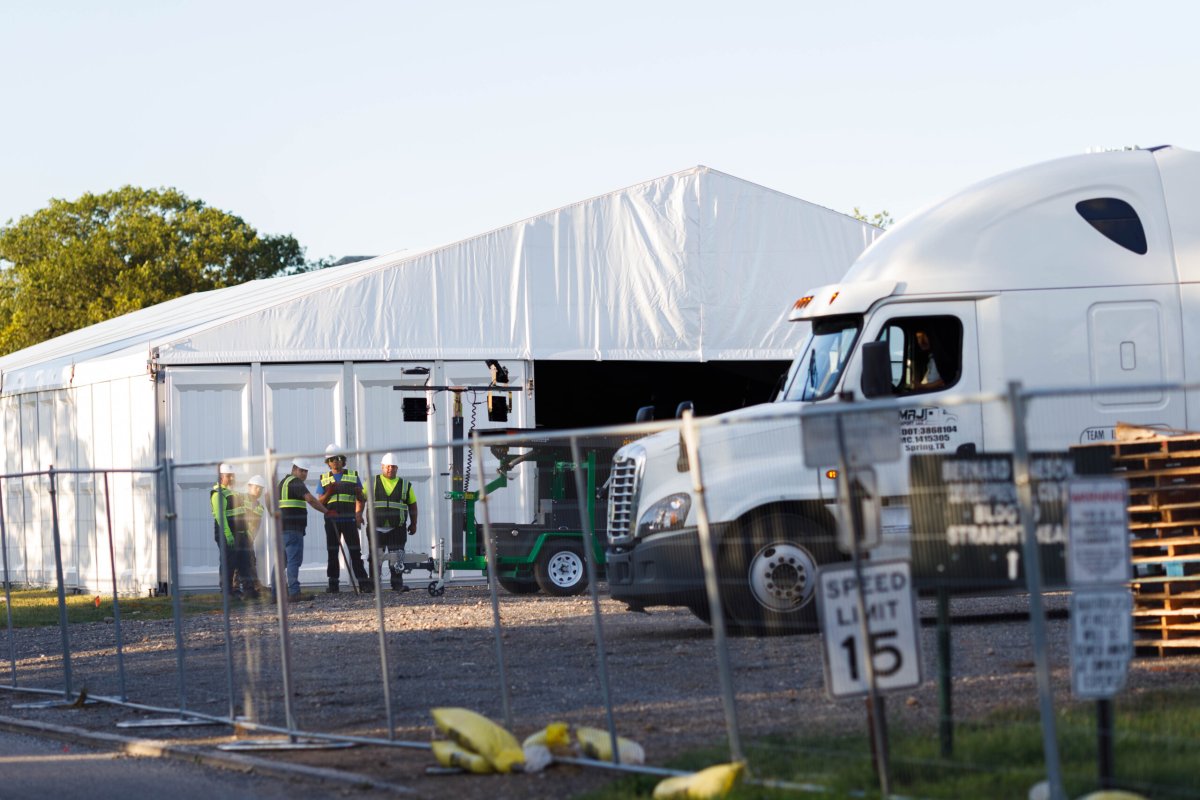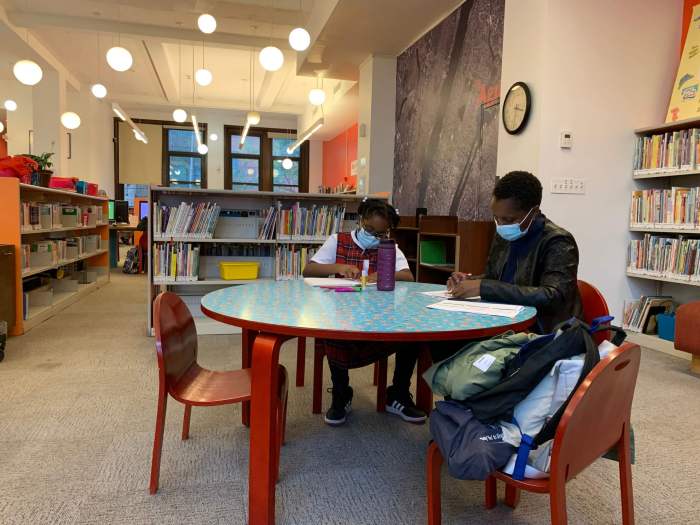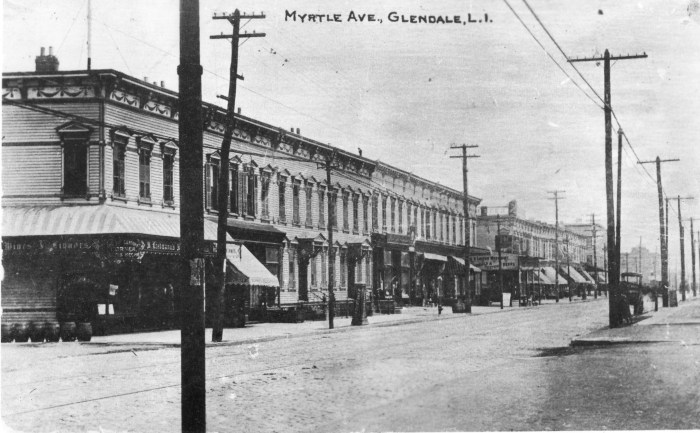This article was originally published on by THE CITY
The scariest story at the oldest library in the city is a tale of bureaucratic red tape delaying the installation of fire alarms for more than a decade and counting.
Working fire alarms don’t exist and neither do functional overhead sprinklers inside the New York Public Library’s Ottendorfer branch in the East Village. The two-story building, dating back to 1884, has long been exempt from updated building codes.
NYPL officials have tried to upgrade the site for more than a decade.
But the fix at the historic building has been delayed for more than 12 years. The city Department of Design and Construction now says full completion is finally set for this spring.
“A project that is for a fire alarm should get the highest priority in terms of the resources that DDC has to finish it,” Iris Weinshall, chief operating officer of the New York Public Library, told THE CITY.
The construction safety saga at the Ottendorfer Branch — 147 months and counting — makes it the longest outstanding construction project in the city’s library system, according to a DDC review obtained by THE CITY. But it’s not the only one dragging on longer than “War and Peace.”
The records also revealed two other projects that date back to 2009: a lobby renovation that shuttered the Jefferson Market Library in Greenwich Village and another fire alarm upgrade at the Muhlenberg branch in Chelsea.
DDC officials said the stalled sites are remnants of a different era at the department when it “bundled” similar projects across multiple sites to address needs cited by other agencies.
“DDC no longer does business like this, and we haven’t for three years,” said department spokesperson Ian Michaels.
Scary Story
Library officials contend that a lack of money to make top-to-bottom fixes on aging buildings forces them into piecemeal repairs that extend closures to accommodate additional work down the line.
“Libraries are going to be crucial to ensuring an equitable recovery in New York but they can’t help anyone when they are closed for years on end,” said Jonathan Bowles, executive director of the Center for an Urban Future, a policy group that has highlighted library branches’ challenges.
The Jefferson Market Branch was partially closed in April 2019 and fully shuttered after the pandemic hit to avoid logistical complications.
At the Ottendorfer Branch, the fire alarm repair reminds good government watchdogs of a Stephen King horror novel.
“These examples are mind-blowing,” said Bowles.
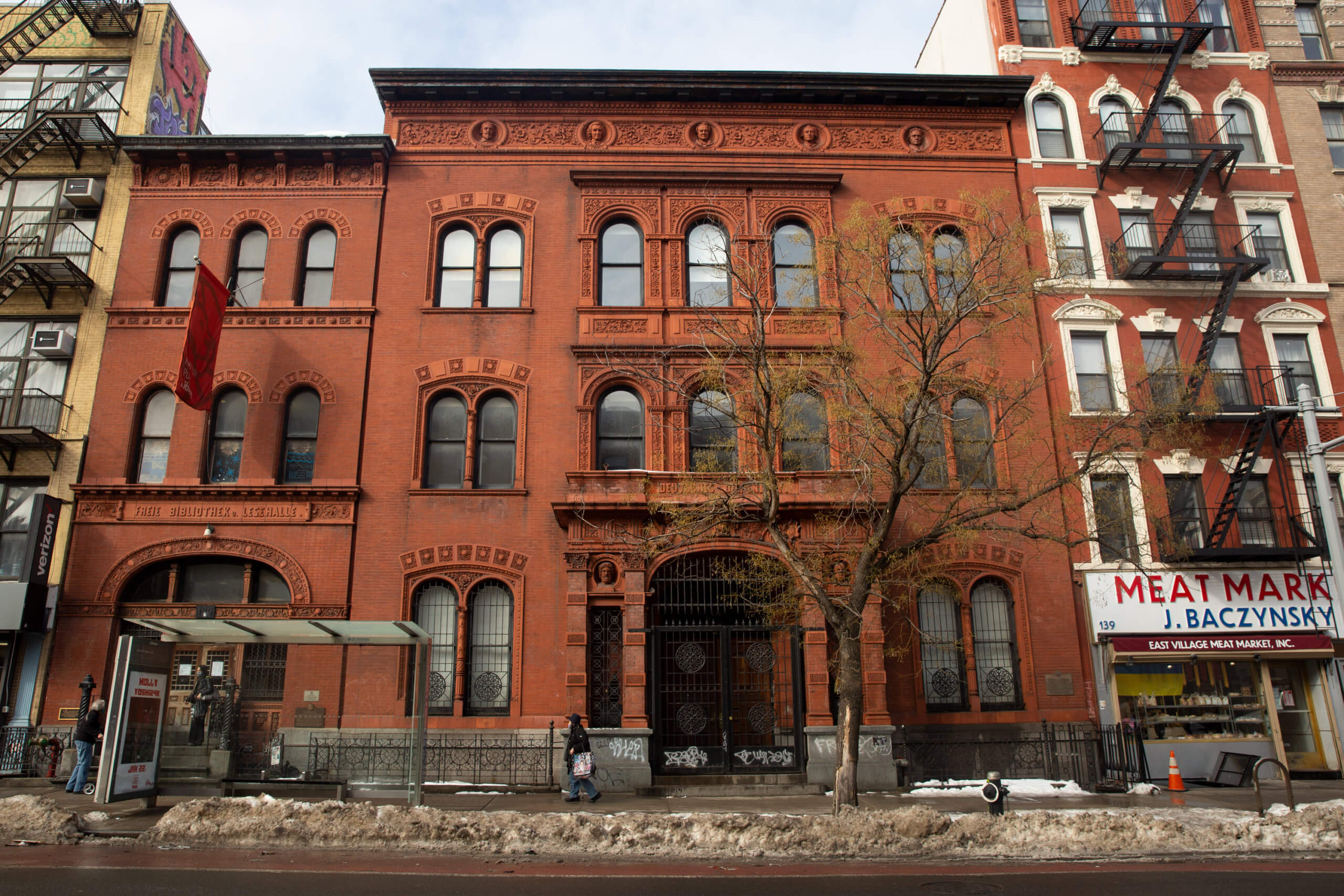
The plan to upgrade the 137-year-old branch dates back to October 2009, shortly after Michael Bloomberg was re-elected to his third term as mayor.
It then took three years for DDC and the library to put together the design and issue a bid for proposals for interested contractors, records show.
Another three years were needed for the city’s budget office to set aside the money needed for the fix at the site and at three other branches, according to a timeline of the project.
In 2017, construction finally began and 80% had been completed.
But it was stopped two years later after the city’s Department of Transportation rejected a work permit because of a new bus lane in front of the building on Second Avenue.
When the pandemic hit in March 2020 everything was once again put on hold, records show.
The consultant had to refile with the Department of Environmental Protection for permission to connect new sprinklers to the city’s water system, which expired during the COVID pause, according to DDC. Construction began again in January 2021.
While not the issue at the Ottendorfer Branch, DDC has long blamed plan tinkering for some of the major delays. Every time the library or any agency proposes a change to the designs, the entire project has to be rejiggered, according to Michaels.
In January 2019, the department instituted a rigorous “scope change” review and approval process to limit changes to projects and keep them on track.
Library officials say small yearly budget allocations force them to frequently adjust their approach to repairs and upgrades.
“Do you know any construction job that doesn’t have scope change?” asked Weinshall. “And we are not talking about structural changes. We are often talking about things like changing the flooring.”
Taking a Backseat
In 2019, DDC issued a Strategic Blueprint to speed up “almost every phase of project planning and delivery.” The plan — which calls for a series of reforms such as standardized change work orders — is the brainchild of former commissioner Lorraine Grillo, who took over in July 2018.
Mayor Eric Adams has appointed her his first deputy mayor, giving some government watchdogs hope she will use her expertise to push forward more reforms.
“New York City can no longer afford to squander its capital dollars,” Bowles said. “The city’s infrastructure needs are too great.”
The agency, created in 1996 during the Giuliani administration, was designed to bring most city construction under one umbrella to cut costs and time.
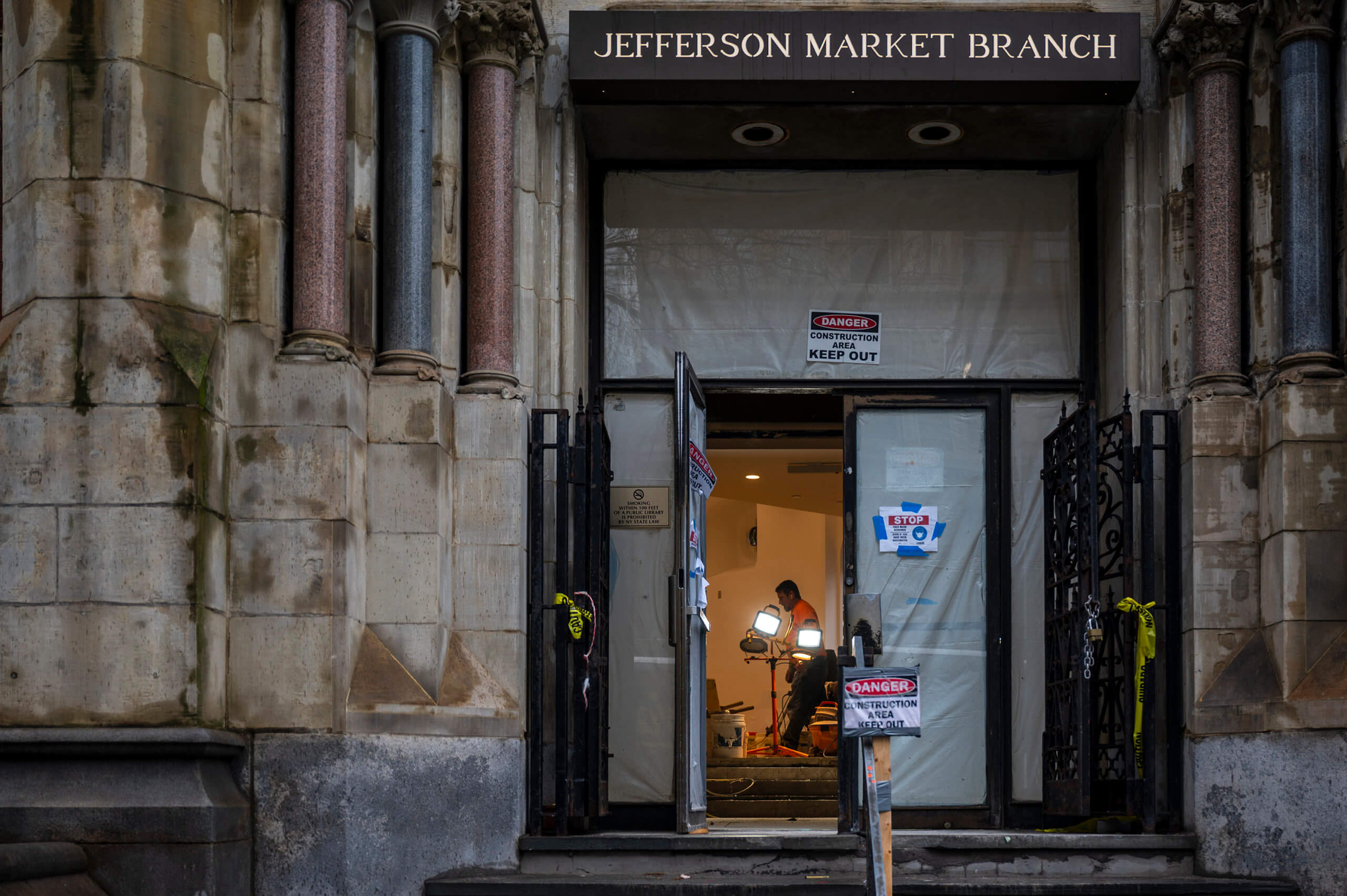
But DDC has taken heat for taking more than a decade to finish some of its more than 1,000 capital improvement projects for 27 agencies. In one glaring example, a project to upgrade a sewer near a flood-prone Staten Island strip started in 1997.
The NYPL has spent the past few years trying to work around DDC by building its own sites and using other city agencies.
The NYPL has teamed up with other agencies like the New York City Economic Development Corporation and the city’s Housing Preservation and Development department.
Library officials have also begun using “pass through” contracts to do the construction itself.
For instance, Jefferson Market construction began in April 2019 and is expected to be done in June. By contrast, Charleston, a brand new building constructed with EDC, began in April 2019 and is scheduled to open in March.
DDC officials point out that it is often difficult to make repairs inside historic buildings riddled with other deficiencies.
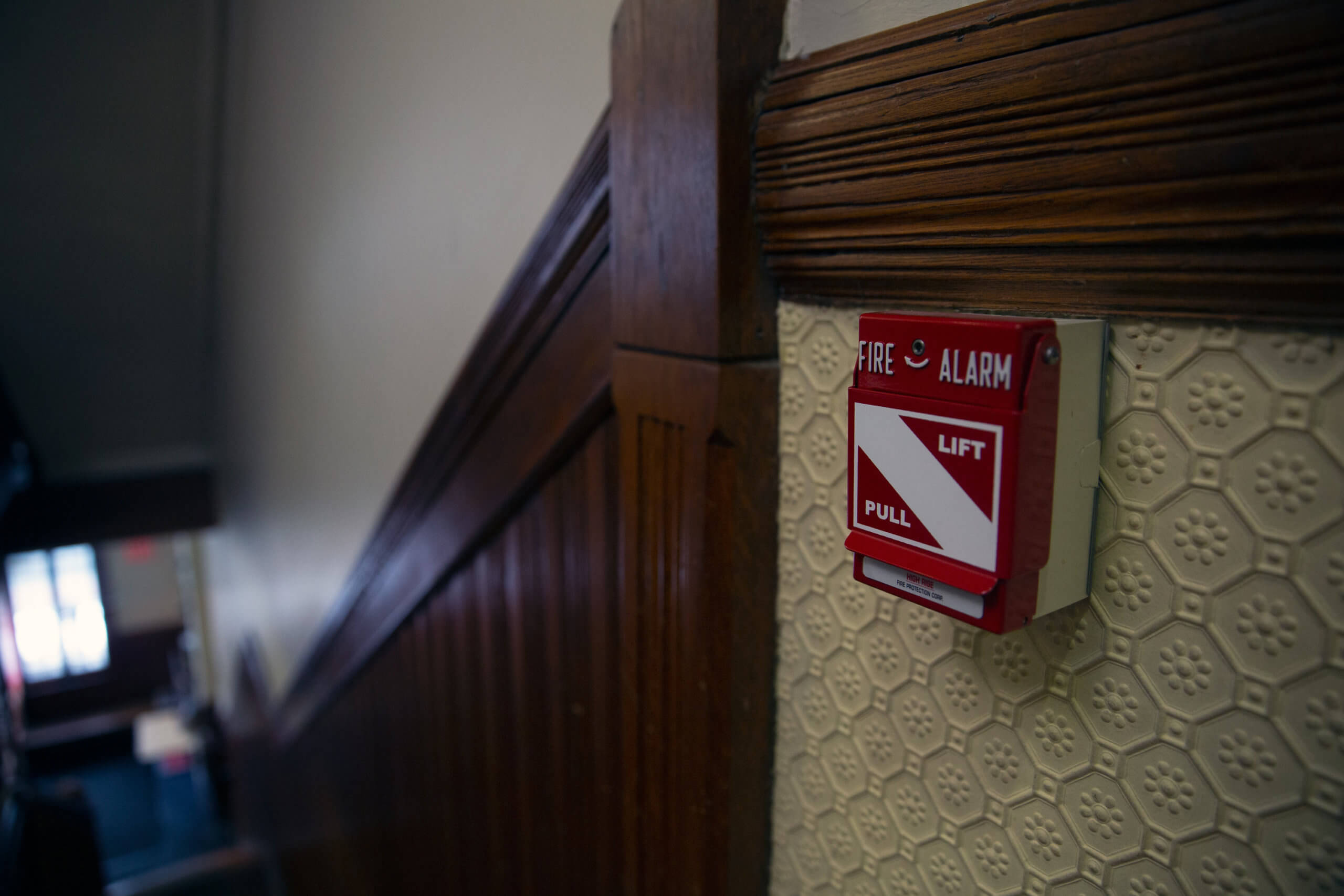
“I think this problem speaks to the larger procurement issue of New York City as a whole,” said City Council member Chi Ossé (D-Brooklyn), chair of the Committee on Cultural Affairs, Libraries, and International Intergroup Relations.
Ossé, the youngest member of the Council at 23, added that he plans to use his post to advocate for additional funds for libraries and cultural institutions in the city’s upcoming budget.
“We all agree,” he said, “when it comes to some of these contracts sometimes libraries get a backseat.”
THE CITY is an independent, nonprofit news outlet dedicated to hard-hitting reporting that serves the people of New York.



